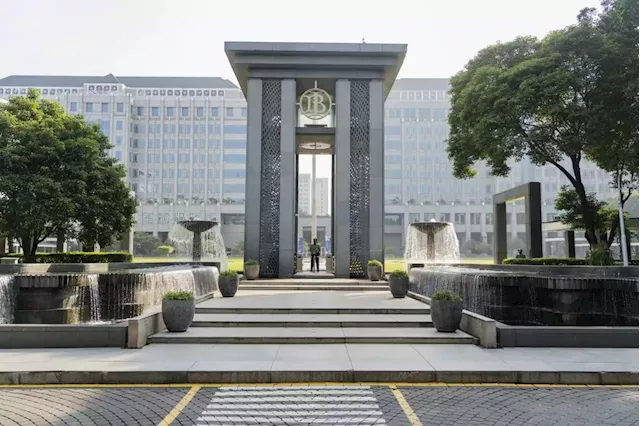The surge in the dollar has set Asian currencies on course for their worst quarter since the 1997 financial crisis and created a dilemma for central bankers.
The Bloomberg JPMorgan Asia Dollar Index is poised for a 4.5% drop this quarter, the steepest since the crisis pummeled currencies almost 25 years ago. Central banks in the region have lagged behind emerging-market peers in raising rates as they seek to boost the recovery from the pandemic, and that more patient policy stance is weighing on their currencies as the Federal Reserve pushes ahead with big hikes.
“Central banks are thrust into a difficult position to tighten, even as the recovery from the pandemic is not yet complete and with the specter of a US recession ahead,” said Eugenia Victorino, head of Asia strategy at Skandinaviska Enskilda Banken AB in Singapore. “Complicating the picture is the strong greenback, which adds to the pressure to tighten as weak currencies exacerbate imported inflation.
South Korea’s won is set for its largest monthly decline in 11 years, while the Philippine peso is headed for its worst quarter in 14 years. In, the central bank is fighting on several fronts to slow the rupee’s decline to fresh records. Meanwhile, the yen, which is not part of the index, has lost 11% of its value against the dollar since the end of March amid a growing yield differential with the US as the Bank of Japan sticks to its ultra-easy monetary policy.But Asia’s central banks may have to change tack as consumer prices steadily move up and weaker currencies add to concerns about imported inflation.
Business Business Latest News, Business Business Headlines
Similar News:You can also read news stories similar to this one that we have collected from other news sources.
 Business Maverick: Central banks in Asia spend billions to slow currency declinesLearning from the 1997 Asian financial crisis, central banks have been accumulating dollars to help defend their currencies during periods of wild market swings.
Business Maverick: Central banks in Asia spend billions to slow currency declinesLearning from the 1997 Asian financial crisis, central banks have been accumulating dollars to help defend their currencies during periods of wild market swings.
Read more »
 Business Maverick: Crypto crash threatens North Korea’s stolen funds as it ramps up weapons testsAlthough cryptocurrencies are estimated to be only a small portion of North Korea's finances, Eric Penton-Voak, a coordinator of the United Nations panel of experts that monitors sanctions, said at an event in April in Washington, DC, that cyberattacks have become “absolutely fundamental” to Pyongyang's ability to evade sanctions and raise money for its nuclear and missile programmes. relax dont piss your pants , crypto's go up again eventually. Walk there greedy and see arse first !
Business Maverick: Crypto crash threatens North Korea’s stolen funds as it ramps up weapons testsAlthough cryptocurrencies are estimated to be only a small portion of North Korea's finances, Eric Penton-Voak, a coordinator of the United Nations panel of experts that monitors sanctions, said at an event in April in Washington, DC, that cyberattacks have become “absolutely fundamental” to Pyongyang's ability to evade sanctions and raise money for its nuclear and missile programmes. relax dont piss your pants , crypto's go up again eventually. Walk there greedy and see arse first !
Read more »
